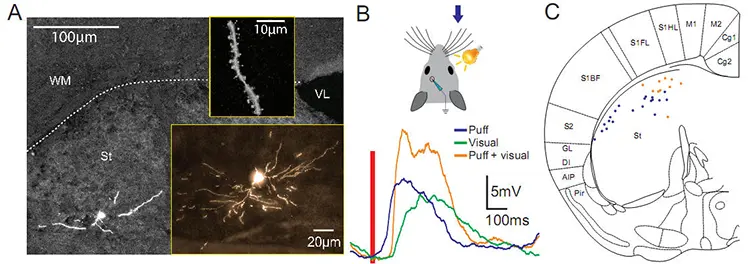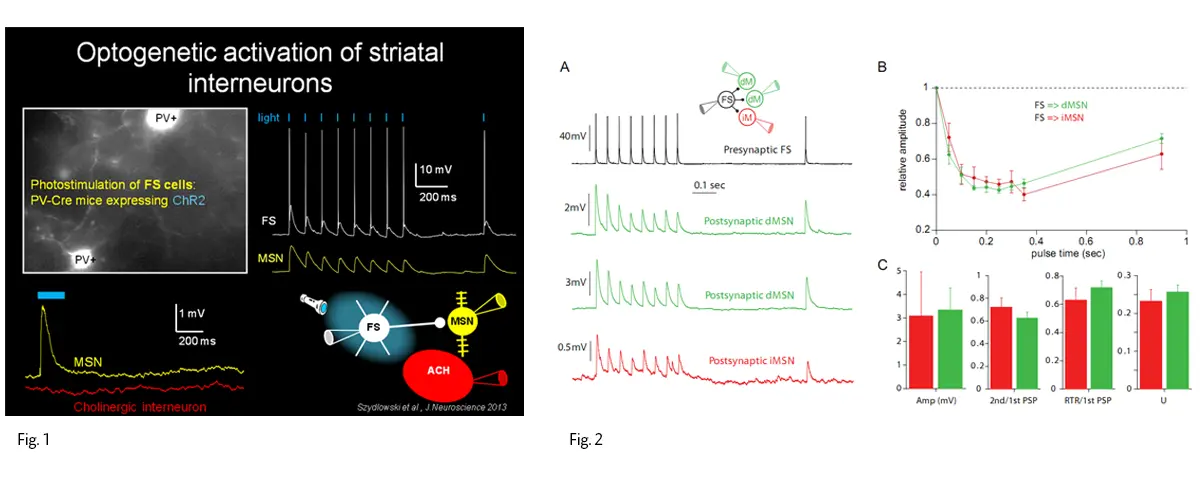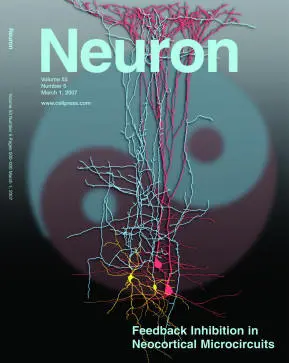Research focus
We use electrophysiological, anatomical, and imaging techniques in slices and in vivo, as well as computational methods in order to reveal the intricate organization of neurons and their synaptic connections. Our aim is to unravel the functional microcircuitry underlying sensorimotor processing in health and disease.
The Neocortex and Basal Ganglia are two brain regions involved in sensorimotor processing, and are tightly linked to each other via the cortico-striatal pathway. In order to understand the function of these brain regions, how they integrate sensory input and generate the appropriate motor output, it is essential to have a deep knowledge of their respective microcircuits.
Key topics in our research are:
- The properties and functional role of interneurons and their interaction with the projection neurons (medium spiny neurons in the striatum, pyramidal neurons in the neocortex).
- Synaptic dynamics and their effect on microcircuit operation.
- Feed-back and feed-forward inhibitory synaptic pathways.
- Short- and long-term synaptic plasticity in corticostriatal synapses.
- Sensory integration in Basal Ganglia networks.
Recent and ongoing research projects
Multisensory integration in the Striatum

Inhibitory pathways in the Stratium


Example of a simultaneous patch clamp recording from 4 striatal neurons. Stimulation of one striatal interneuron (Fast Spiking cell) evokes inhibitory responses in neighboring medium spiny neurons (MSNs) of both direct and indirect projections types (right). These responses are monosynaptic GABAergic IPSPs acting as a feedforward inhibitory pathway.
Inhibitory pathways in the Neocortex


Stimulation of a layer 5 pyramidal cell (PC) evokes disynaptic inhibitory responses in neighboring PCs. These responses are mediated by GABAergic Martinotti cells.
